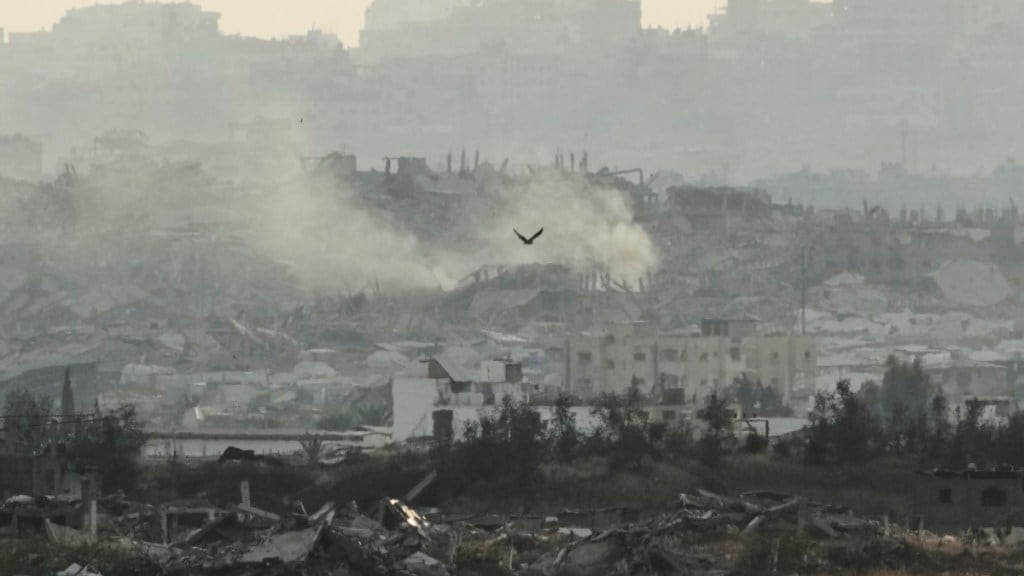Brent prices spiked to $78 a barrel before settling at lower levels last Friday following Israel’s continuing air strikes on Iran’s nuclear and military facilities. Oil markets are jittery as Tehran retaliated with a barrage of ballistic missiles targeting Tel Aviv, all of which threatens a full-blown conflict in West Asia. The war rages on as both countries struck each other hard on Sunday morning. For a long time, Israel has eyed taking out the country’s nuclear enrichment facilities in Natanz. This time, it went ahead, although the sixth round of negotiations between the US and Iran on its nuclear programme were due to take place on Sunday.
The timing also coincides with the International Atomic Energy Agency declaring that Iran was in breach of its non-proliferation obligations. The Israeli air strikes have also taken out the top leadership of the Islamic Revolutionary Guards and armed forces, besides several nuclear scientists. Last year, Israel bombed an anti-aircraft system protecting a nuclear facility in April and air-defence systems safeguarding critical infrastructure in October. Obviously, the US has been in the loop regarding Israel’s plans with US President Donald Trump urging Iran to reach a nuclear deal “before there is nothing left”. Iran, for its part, has no plans to attend the talks with the US.
The uptick in global oil prices—due to rising geopolitical tensions in West Asia—marks a reversal of a steady downtrend since the second half of 2024—averaging $77 a barrel—amidst prospects of weaker global demand and higher oil supplies. They rallied to $79 a barrel in January before slumping to $68 a barrel in April and $64 in May, largely due to the accelerated unwinding of voluntary production cuts by the Organisation of Petroleum Exporting Countries and its allies.
The “fear premium” on oil prices reflects worries that the conflict would continue for many more days, more so as Israel has also targeted Iran’s energy infrastructure by attacking a section of the South Pars gas field. If Tehran retaliates by blockading the Strait of Hormuz—through which a fifth of global seaborne traded oil flows through daily—global oil prices would zoom upwards. Iran could also target US military bases in the region for supporting Israel. If that indeed happens, then it will inevitably draw America into a wider regional conflict.
The prospect of costlier oil, with Brent prices expected to rule at $70-72 a barrel this fiscal, is bad news for India that imports the bulk of its energy requirements. A rule of thumb is that every increase in global oil prices by $10 a barrel raises India’s current account deficit—which is the broadest measure of India’s goods and services transactions—by $9 billion to $10 billion.
India imports 88% of its requirement of crude, much of it through the Strait of Hormuz, which could become a chokepoint with the heightened tensions in West Asia. India’s exporters are also nervous as they confront rising shipping costs and further disruptions to trade—that could impact India’s shipments of basmati rice to Iran, for instance. Attacks by Yemeni Houthi forces in the Red Sea not so long ago forced exporters to reroute their vessels around Africa via the Cape of Good Hope. The policy imperative must be to aim for greater self-sufficiency through higher domestic oil and gas production over the medium-term. Unfortunately, this is not happening as domestic crude production is steadily falling over time.


